The United States has never known a more likable, adaptable horse than the Morgan. Renowned for its amicable personality and exquisite strength, the Morgan has served every function a horse possibly can since its development in the 1700s. Whether carriage pulling, harness racing, or transporting miners during the California Gold Rush, the Morgan Horse breed has touched nearly every corner of American equestrian history!
Morgan Equine Physical Characteristics
What sets Morgans apart from other horse breeds are their pronounced withers and muscular compositions. They hold their heads and tails very high, giving them one of the most distinctive postures of any breed. People often say that Morgan horses have a proud look about them, and it's not hard to see why. The long neck, arched back, and expressive eyes make them appear to be holding themselves in an ever-alert, noble stance.

Morgan Horse Size
A Morgan pony typically stands between 14 and 15 hands high when they fully mature, which equates to 56.4 to 60.8 inches at the withers. While they are considered one of the shorter horse breeds, their compact size does not detract from their powerful and elegant stature. Despite their height, they are known for their muscular build, which contributes to their average weight of 900 to 1,100 pounds (400 to 500 kg).
Morgan Horse Personality
The Morgan equine has an even, well-mannered temperament, making them one of the friendliest horse breeds. The easy-going nature of the breed makes them a superb choice for riders of all experience levels, from beginner to advanced. Morgans horses are renowned for their outgoing predisposition — they're a breed that won't shy away from strangers. These traits make the Morgan horse especially suited for working with children since junior riders often require a patient and courageous mount.
Morgans will easily befriend their riders due to a tendency to be affectionate with people they know well. The bond between a Morgan and its rider can reach a complex depth if both parties establish trust. There is no lack of loyalty in the Morgan horse, and once they bond with their rider, they will always aim to please.
Morgan Horse History
The Morgan horse's founding can be traced back to Justin Morgan, a man from Randolph, Vermont. Justin Morgan owned a stallion named Figure that may have been a cross between Arabian and thoroughbred lines, but its true heritage has been lost to time. Figure stood at only 56 inches tall, but he had a reputation for being one of his New England community's most athletic and friendly stallions.
When word of Figure's desirable traits got around, people lined up to breed their Morgan mares. Figure passed his traits down the line, and the distinct Morgan breed came to be. Initially deemed the "Justin Morgan horse," the breed successfully performed all kinds of arduous labor — draft work, pulling plows, and anything else that required excessive strength and stamina.
Once the breed proved itself a reliable workhorse, the United States Cavalry used them as artillery horses in the American Civil War. Today, the American Morgan horse breed continues its hardworking and versatile nature, often standing out among the best police horse breeds.
How to Care for a Morgan Horse
Ensure that your Morgan gets vaccinated, de-wormed regularly, and receives adequate dental care. Fresh water is an absolute necessity at all times. Daily exercise is also essential since it helps maintain the horse's weight. Check your Morgan's hooves daily for dirt, debris, and signs of infection.
Hoof picks and brushes are a necessary investment for maintaining your horse's hooves. Picks will help you clean the hooves, and brushes are used to apply oils that keep the hooves healthy. Hoof oil can repair cracks, help prevent infections like thrush, and ease sore feet.
Morgan Horse Training
The Morgan's friendly nature makes training fun and relatively easy. When a horse develops trust with its owner, it becomes more obedient to commands. Like all horses, it's best to start when they're young. Halter training is the first step to building the foal's trust and confidence. From there, you can work up to verbal commands and saddle training.

Nutrition and Feeding for a Morgan Horse
You should feed your Morgan between 2-4 pounds of food per day, depending on the horse's activity level. You can add beneficial products like our premium CBD oil to your horse's food for maximum nutrition. We also make CBD pellets for horses! One way to monitor your Morgan's weight is to feel along its ribs. If the animal's ribs are not visible but can be felt without pushing hard, your Morgan is at a healthy weight.
Morgans will stay healthier if you feed them smaller portions of food at more frequent intervals (this mimics free-roam grazing). When measuring food, it's also important that you measure by weight, not volume. Feed rich in fiber, like hay or grass, will support the horse's digestion and help prevent weight gain. Be sure to check out our article, What Do Horses Eat, to learn more about equine nutrition.
Coat Color And Grooming
Brushing your Morgan at least once a week will ensure the coat stays healthy and free of debris. Since Morgans have thick manes and tails, dedicate some extra time to detangling and conditioning the hair, as this will prevent mats. Morgans also come in a variety of colors, although their coats are most commonly dark and solid. These other patterns are common as well:
- Bay: Bay horses have a brown or reddish-brown coat, typically complemented by a black mane, tail, ears, and lower legs. These dark points are essential for the horse to be classified as a bay; without them, the coat color would not meet the true bay definition.
- Dun: A dun coat features a lighter body color with darker pigmentation on the limbs, mane, tail, and often along the back in the form of a dorsal stripe. This unique pattern can appear on any base coat color, creating a range of shades such as bay dun, red dun, or grullo.
- Roan: A roan coat features an even mix of white and colored hairs distributed throughout the body, giving it a unique, textured appearance. One characteristic of roan horses is that their coat often lightens or darkens with seasonal changes, but the overall roan pattern remains consistent throughout their lives.
Health Problems
Morgans are a healthy horse breed with very few congenital problems running in the line. However, it's always important to check a horse's pedigree before purchasing so you are aware of any genetic conditions they may carry.
Cushing's Disease
Cushing's disease, a hormonal condition that causes weight loss, excessive sweating, and lethargy, can occur in older Morgans. Fortunately, the rate of this condition is rare. Veterinarians recommend a balanced diet and serotonin antagonists to treat the disorder. Although Cushing's is not fatal, it can seriously diminish your horse's quality of life.
Obesity
Morgan horses are prone to obesity, partly due to their shorter stature and "easy keeper" nature, meaning they can maintain weight with relatively little feed. To prevent excessive weight gain, it is essential to provide your Morgan with regular daily exercise and avoid feeds that are high in sugar and fat. A balanced diet with controlled portions, along with consistent physical activity, will help maintain their health and prevent common weight-related issues, such as laminitis.
Laminitis
Laminitis is a serious condition that reduces blood flow to the inner layer of the hoof, known as the laminae, causing inflammation and intense pain. This inflammation can severely compromise the hoof's structure, leading to long-term damage. If left untreated, laminitis can progress to lameness or even permanent hoof damage, so early diagnosis and treatment are critical.

How to Get a Morgan Horse
Morgans can range from $1,000 to $5,000. A horse's price depends on its age, health, training, and pedigree. You can buy them from breeders, shelters, or at local auctions. There are lots of organizations dedicated to preserving the breed. The American Morgan Horse Association (AMHA) and Morgan Horse Club offers mentor, competition, and breeding programs. They also oversee ranch networks for proud Morgan owners across the nation.
The organization offers different levels of membership — registration in the organization provides members with access to these resources for an annual fee. Similarly, there are regional clubs that help support Morgan owners. In California, the Sacramento Valley Morgan Horse Club works in conjunction with the American Morgan Horse Association to promote breeding. They host their own shows and offer special horse sales for members of the club.
More About This Horse Breed
Morgans can live over 30 years if they are well cared for. Because of its American origin, you will sometimes hear the breed referred to as the "Morgan Stallion" or "American Morgan horse." Perhaps the Mustang horse is the only other breed so intimately connected to America's history, making them famous in the Wild West.
Final Thoughts - Morgan Horse
Morgan horses are undoubtedly one of the most charming and enjoyable horses you can own. Truly the most American line to grace the stables, the Morgan horse will continue to bring joy to equine lovers for generations to come! Read about other horse breeds here.

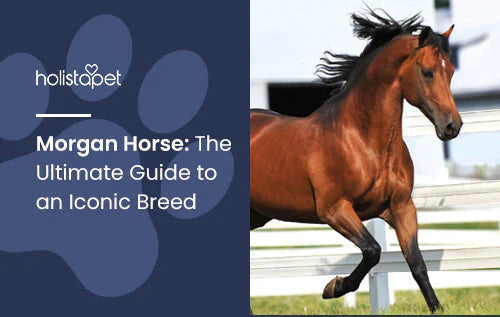
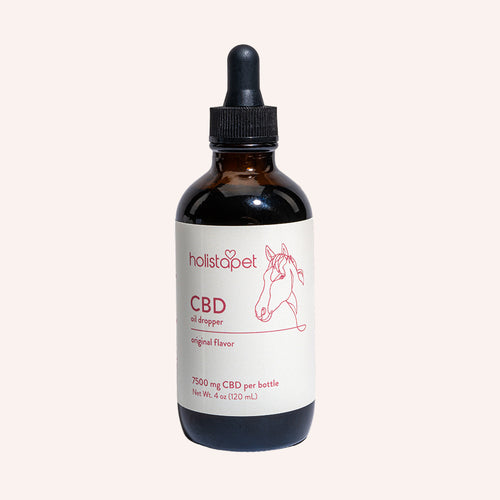 CBD Oil for Horses - Fast Acting
CBD Oil for Horses - Fast Acting
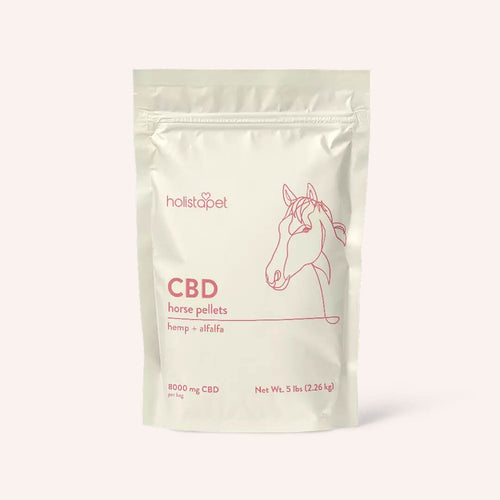 CBD Pellets for Horses - Easy Dose
CBD Pellets for Horses - Easy Dose
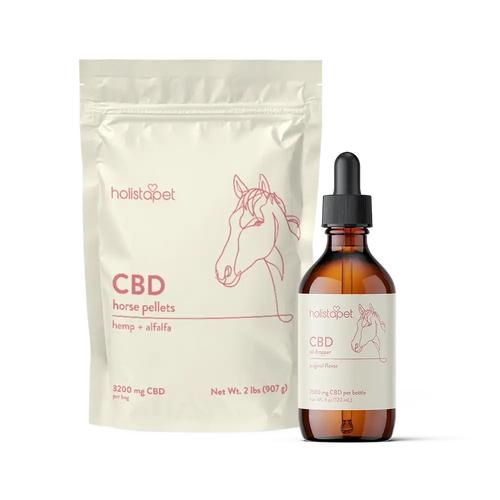 "Ridin' On My Horse" Bundle - Highly Rated
"Ridin' On My Horse" Bundle - Highly Rated


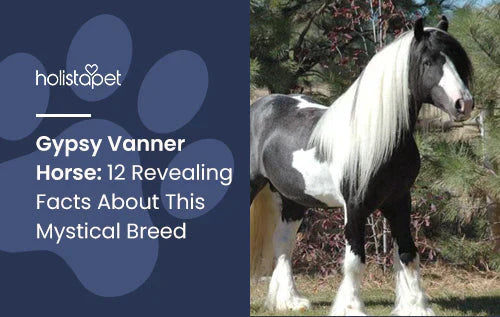
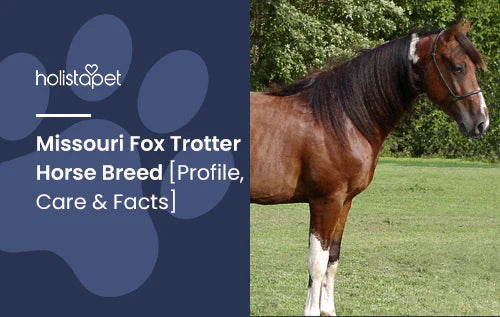

Leave a comment
All comments are moderated before being published.
This site is protected by hCaptcha and the hCaptcha Privacy Policy and Terms of Service apply.